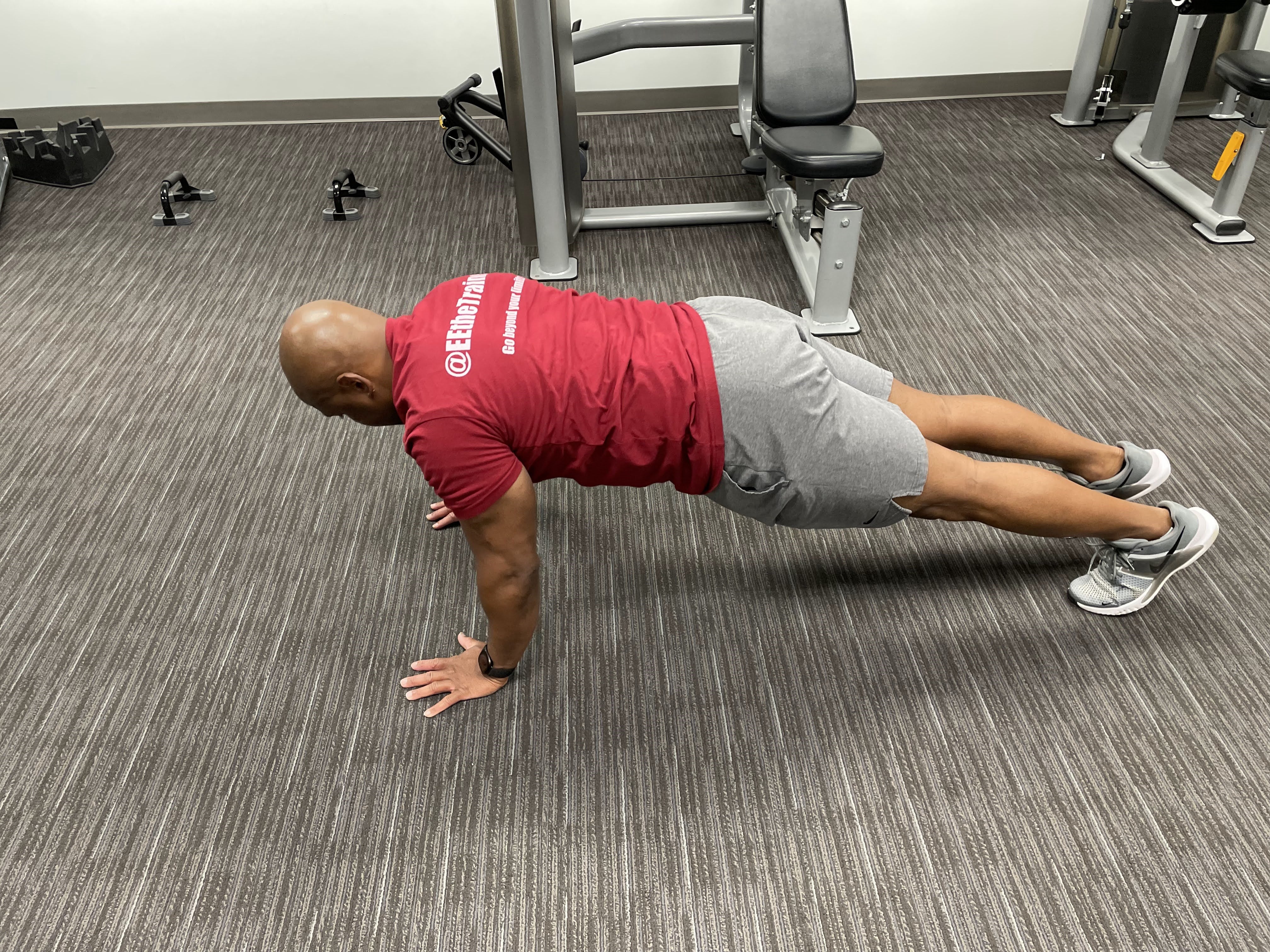
4 Fitness Metrics That Reveal More About Your Health Than a Scale
Wondering if you’re on track to live a long, healthy life? Many health professionals might tell you to step on a scale or calculate your BMI (body mass index). But here’s the thing: neither of these numbers gives the full picture of your health.
Weight and BMI fail to account for key factors like muscle mass, bone density, body composition, and even cultural differences. For instance, a muscular bodybuilder might fall into the "overweight" category based on BMI, while someone who looks slim but has a high percentage of body fat—sometimes called “skinny fat”—may have a higher risk of disease.
The good news? There are better ways to measure your health. Research highlights four simple metrics that can give you deeper insights into your fitness and long-term well-being. And the best part? You can track them yourself.
1. Walking Speed: A Pace for Longevity
How fast you walk could predict how long you’ll live. A 2019 study published in Mayo Clinic Proceedings found that brisk walkers tend to live longer than slow walkers, regardless of their BMI.
Walking speed is a functional measure of balance, coordination, lower body strength, and cardiovascular fitness. In short, if you can maintain a quick pace, you’re likely in good shape.
How to Measure It:
Walk a mile at your natural pace and time yourself. Then divide 60 by the number of minutes it took. For example, if it took 30 minutes, your walking speed is 2 miles per hour.
2. Push-Up Power: Strength Meets Heart Health
How many push-ups can you do? This classic exercise is a powerful predictor of your overall strength and cardiovascular health.
In fact, a 2019 study in JAMA Network Open found that men who could perform more than 40 push-ups had a significantly lower risk of heart disease compared to those who could do fewer than 10. Push-ups challenge your upper body, core, and endurance, making them a well-rounded fitness test.
How to Test Yourself:
- Start in a plank position with hands under shoulders and your body in a straight line.
- Lower your chest to the ground, keeping your hips level and elbows at a 45-degree angle.
- Push back up to complete one repetition.
Do as many as you can with proper form before tiring. Aim to do up to 50 push-ups per session to build strength.
3. Grip Strength: A Stronger Squeeze, A Longer Life
Surprisingly, the strength of your grip can be a strong indicator of your overall health and even your life expectancy. Grip strength reflects upper-body strength and cardiovascular health since it engages your muscles and raises blood pressure momentarily.
A 2018 study published in BMJ found that weaker grip strength was linked to a higher risk of conditions like lung cancer and heart disease. Interestingly, grip strength was an even better predictor of mortality than blood pressure or overall activity levels.
How to Measure It:
Use a grip dynamometer at a gym or doctor’s office. If that’s not available, you can use a bathroom scale:
- Hold the scale with both hands and squeeze as hard as you can.
- Divide the total pounds by two for your grip strength.
Aim for about 110 pounds for men and 70 pounds for women.
To improve grip strength, incorporate resistance training into your routine two to three times per week.
4. Waist Circumference: The Truth About Belly Fat
Your waistline might reveal more about your health than your weight. Waist circumference is a key indicator of visceral fat—the type of fat that surrounds your organs and poses risks to your heart and metabolism.
According to the Mayo Clinic, excessive belly fat is linked to conditions like type 2 diabetes, high blood pressure, and coronary artery disease. A 2014 meta-analysis in Mayo Clinic Proceedings also found that a larger waistline increases the risk of early death, even in people with a healthy BMI.
How to Measure It:
Wrap a soft tape measure around your waist, just above your hip bones, on bare skin. Measure after exhaling without sucking in your stomach.
For optimal health, aim for a waist circumference below 35 inches for women and 40 inches for men.
Step Away from the Scale
While weight and BMI have their place, they only scratch the surface of what truly matters for your health. Walking speed, push-up ability, grip strength, and waist circumference offer a more holistic view of your fitness and longevity.
Your Next Step
Take control of your health by tracking these four metrics and setting goals to improve them. Ready to get started? Commit to small daily actions—whether it’s walking briskly, practicing push-ups, or adding resistance training to your week.
Your health is your most important asset. Don’t let a busy schedule hold you back. Book a free 15-minute consultation to learn how to transform your fitness in just 30 minutes a day. Let’s chisel a stronger, healthier you—starting now!